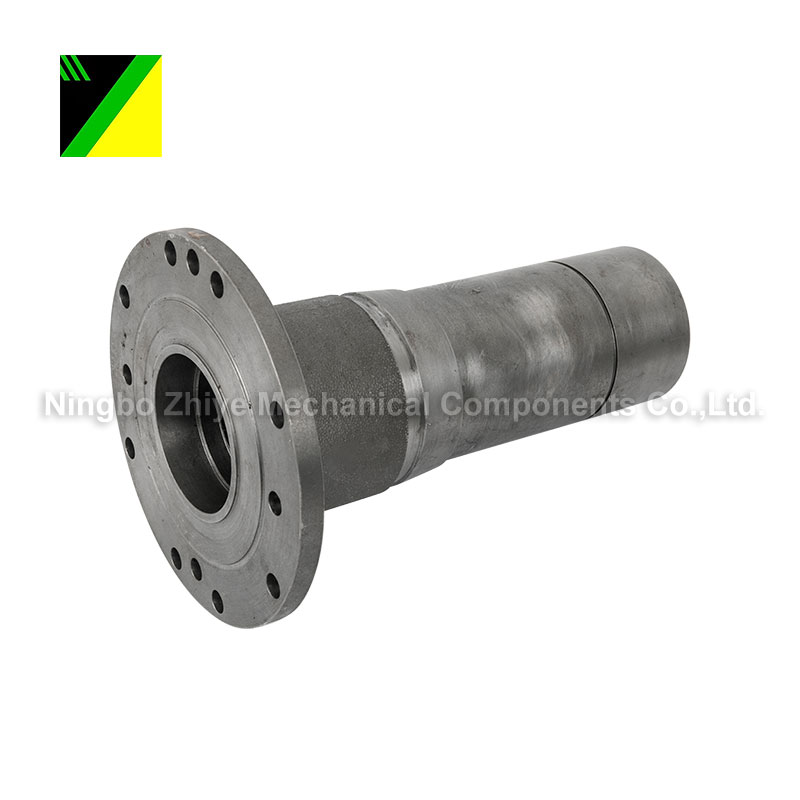
- English
- Español
- Português
- русский
- Français
- 日本語
- Deutsch
- tiếng Việt
- Italiano
- Nederlands
- ภาษาไทย
- Polski
- 한국어
- Svenska
- magyar
- Malay
- বাংলা ভাষার
- Dansk
- Suomi
- हिन्दी
- Pilipino
- Türkçe
- Gaeilge
- العربية
- Indonesia
- Norsk
- تمل
- český
- ελληνικά
- український
- Javanese
- فارسی
- தமிழ்
- తెలుగు
- नेपाली
- Burmese
- български
- ລາວ
- Latine
- Қазақша
- Euskal
- Azərbaycan
- Slovenský jazyk
- Македонски
- Lietuvos
- Eesti Keel
- Română
- Slovenski
- मराठी
- Srpski језик
Why is lost foam casting expensive?
2023-08-30
Lost foam casting, also known as evaporative pattern casting, is a complex and specialized casting process that involves creating a foam pattern of the desired metal part, coating it with refractory material, and then pouring molten metal into the mold. While it offers several advantages, such as intricate shapes and fine details, there are several reasons why lost foam casting can be relatively expensive:

Pattern Production and Tooling: Creating the foam patterns used in lost foam casting requires precision manufacturing techniques, often involving CNC machining or 3D printing. The cost of designing and producing these patterns can be significant, especially for intricate and complex parts.
Material and Handling: The foam material used to create patterns must be of high quality and consistency to ensure accurate replication. Additionally, handling delicate foam patterns requires care to avoid damage during transportation and assembly.
Refractory Coating: Applying the refractory coating to the foam pattern is a crucial step to ensure that it can withstand the high temperatures of molten metal. This coating process requires skilled labor and specialized equipment, both of which contribute to the cost.
Molten Metal Handling: Pouring molten metal into the foam mold demands careful control and safety measures to prevent accidents. Proper equipment and skilled operators are necessary to manage this step effectively.
Quality Control: Lost foam casting requires strict quality control to ensure that the foam patterns are accurately coated and that the castings meet the desired specifications. This involves inspections, testing, and potentially rework, all of which add to the overall cost.
Post-Casting Processing: After the casting is complete, there might be additional steps required, such as removing excess refractory material, finishing, and machining to achieve the desired final product. These post-casting processes contribute to the overall cost.
Limited Economies of Scale: Lost foam casting is often more cost-effective for small to medium production runs due to the time and effort required for pattern creation and setup. For large-scale production, other casting methods like sand casting might be more economical.
Skilled Labor and Expertise: Lost foam casting demands skilled personnel with expertise in handling foam patterns, applying refractory coatings, and managing the casting process. Skilled labor tends to come at a higher cost.
Equipment and Facilities: The specialized equipment and facilities required for lost foam casting contribute to the overall expenses.
Despite its higher cost, lost foam casting offers advantages like complex geometries, reduced need for post-casting machining, and potential weight savings. The decision to use lost foam casting should be based on a thorough assessment of its benefits and cost-effectiveness for the specific part and production volume.



